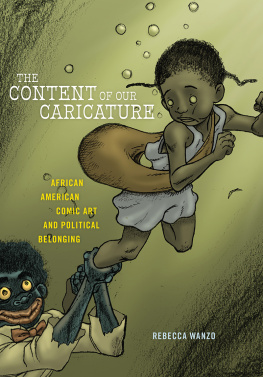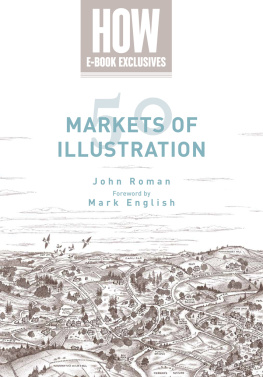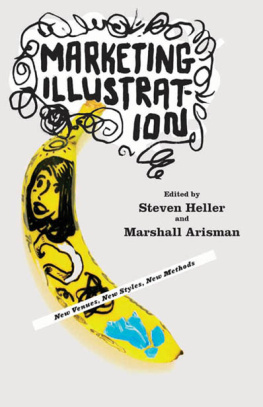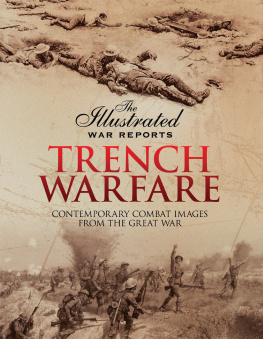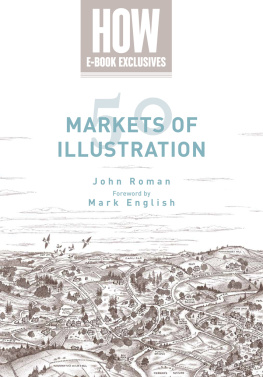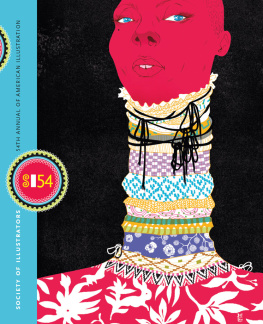
DRAWN
TO PURPOSE

Published by University Press of Mississippi, in association with the Library of Congress
Jackson

The Library of Congress gratefully acknowledges support from The Alfred Bendiner Foundation for this publication and from the Swann Foundation for Caricature and Cartoon for the accompanying exhibition.
www.upress.state.ms.us
Designed by Peter D. Halverson
Design concept by Michael Shveima
The University Press of Mississippi is a member of the Association of American University Presses.
Copyright 2018 by Library of Congress
All rights reserved
Manufactured in China
First printing 2018

Library of Congress Cataloging-in-Publication Data
Names: Kennedy, Martha H. (Martha Hoeprich), author.
Title: Drawn to purpose : American women illustrators and cartoonists / Martha H. Kennedy.
Description: Jackson : University Press of Mississippi, in association with the Library of Congress, 2018. | Includes bibliographical references and index. |
Identifiers: LCCN 2017032089 (print) | LCCN 2017033179 (ebook) | ISBN 9781496815934 (epub single) | ISBN 9781496815941 (epub institutional) | ISBN 9781496815958 (pdf single) | ISBN 9781496815965 (pdf institutional) | ISBN 9781496815927 (cloth : alk. paper)
Subjects: LCSH: IllustratorsUnited StatesBiography. | Women illustratorsUnited StatesBiography. | CartoonistsUnited StatesBiography. | Women cartoonistsUnited StatesBiography.
Classification: LCC NC975 (ebook) | LCC NC975.K46 2018 (print) | DDC 741.6092/2 [B] dc23
LC record available at https://lccn.loc.gov/2017032089
British Library Cataloging-in-Publication Data available
To the memory of my mother, Muriel B. Hoeprich (19222016), and the artists featured in this bookall kindred spirits in aspiring to and striving for purpose in their lives
CONTENTS
FOREWORD
In 1949, a critic who thought he was being complimentary noted that There is nothing about Anne Mergens style of drawing to indicate that she is a woman. His notion that anything in her work indicating she was female would mark it as inferior was a typical line of thought. Mergen, who had been part of the Miami Daily Newss Pulitzer Prizewinning team years earlier, was by then a long-established and well-respected political cartoonist. She was among the few women in her line of work at the time, but she was part of that much larger community of artists who, as women, had to prove themselves exceptionally worthy of any recognition they received.
As the first woman to serve as Librarian of Congress, I am especially pleased with the release of Drawn to Purpose, as it features the works of many women who were the first to achieve recognition in male-dominated fields. Nearly 150 women who worked in fine arts, cartooning, and illustration are represented here. Since these artists strived to be recognized for their creative achievements rather than their gender, it may seem odd that Drawn to Purpose should focus only on women, but as cartoonist Liza Donnelly points out, the risk of ghettoizing women is one worth taking if it gives us the opportunity to discuss womens rights, freedom, and why there are so few women in this field.
Drawn to Purpose brings together a remarkable sampling of book illustrations, posters, industrial design, courtroom sketches, comic strips, political cartoons, and art for magazines and newspapers produced by women over a 150-year span. The startling array of imagery, technique, and points of view on display is compelling. I was struck by how all of these works relate to the written word, either amplifying a text or incorporating language into the artwork itself. As a kid who read everything, I pored over the illustrations just as much as the accompanying words. Images can make reading more meaningful and more memorable. On those occasions when you cant remember the title of a book, it seems you can always recall what was on the cover.
Here at the Library of Congress, the nations first federal cultural institution, our collections comprise more than 165 million items, including original works of fine and illustrative art. The Library is honored to preserve this material for the public and for future generations to study and be inspired by. With the publication of Drawn to Purpose, we offer a tantalizing glimpse of these holdings. I invite you to visit the Library, either in person or online at www.loc.gov, to explore the collections and wherever your imagination takes you.
Carla D. Hayden
Librarian of Congress
PREFACE
I very earnestly believe that there should be no sex in Art I am pointing, I know, to a millennium at least when the term Women in Art will be as strange sounding a topic as the title Men in Art would be now.
CECELIA BEAUX, 19151
Clearly, Cecelia Beaux objected to being called a woman artist. She was a leading light among American portrait painters, and in 1895 became the first woman to teach at the prestigious Pennsylvania Academy of Fine Arts. Twenty years would pass before another womanViolet Oakley, an acclaimed muralist and illustratorwould join her on the faculty. At that rate, Beauxs estimated thousand-year timetable seemed right on schedule. Indeed, women in art is a story of incremental progress, and every now and then, someone makes a great leap forward.
As in nearly every other professional field, women pursuing careers in fine art, illustration, or cartooning encountered limitations in training, permitted subject matter, and adequate work environments. These obstacles and restrictions, largely imposed by men but also resulting from larger societal pressures, kept all but the most resilient women from advancing in the arts. Many labored in the shadows and on the margins as skilled assistants, practicing their craft and gradually gaining footholds in their chosen fields. From the mid-nineteenth century into the early twentieth, most of these women moved forward with little or no recognition. More than any other thread, women pushing back against social and industry impediments forms a major strand in the history of women in illustration and cartooning. The gradual broadening of subjects that women treated came to parallel new opportunities for education and professional employment. In contrast, the later twentieth and early twenty-first centuries have seen greater numbers of womensome of them household namesproduce work that became and remains sought after by mainstream and alternative outlets.
In this overarching survey, Drawn to Purpose tracks historical trends, and both celebrated and little-known artists are featured here, as are types of artwork that have not received sustained attention. Although illustration and cartoons/comics are usually recognized as visually distinct from each other, the two are often interrelated. Among those who practice and study these art forms, some regard cartooning and comics as subsets of illustration. The illustrative arts also share a particularly close relationship with the fine arts, and many artists included in this book have worked in more than one medium and genre. In presenting a critical mass of works, Drawn to Purpose elucidates selected examples of art within the context of their creators lives and the times in which they lived. Thus, the book aims to be a history, a resource, and a springboard to spur research on these artists and others in the field while underscoring the Library of Congresss vast collections in furthering this endeavor.
Next page


